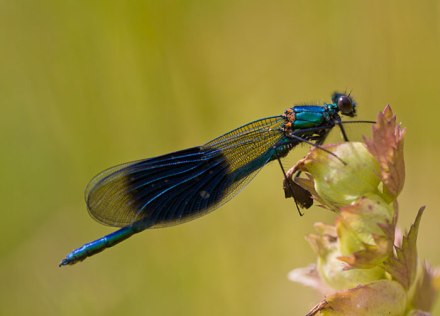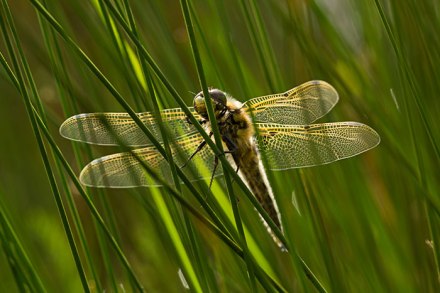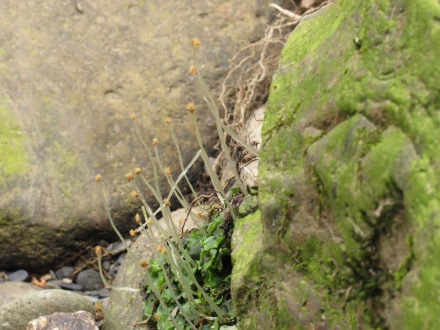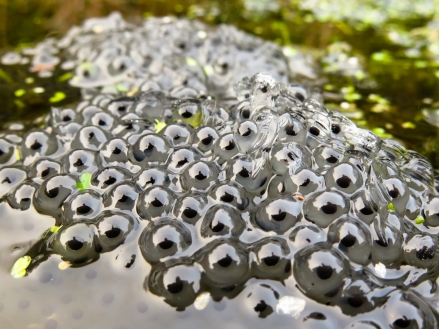I am delighted to bring you my first guest blog post – by Alice Hunter. If you would be interested in contributing a Guest Blog post, please do get in touch with me!
Alice Hunter is a Cambridgeshire based wildlife photographer who also takes landscape images from time to time. Alice is also a writer and speaker on wildlife subjects, as well as a tour leader on photographic and wildlife watching holidays for several companies.
You can find more of Alice’s work on her website or follow her on facebook or twitter for regular updates!
One of my favourite aspects of summer is the amount and diversity of life that suddenly appears around us. Insects are particularly fascinating for me and one group holds a special appeal; the Odonata. For those of you that are unfamiliar with this taxonomic name, I am referring to the dragonflies and damselflies, which for me signify summer’s arrival just as much as the influx of butterflies in my garden.
These strange creatures seem almost to rattle on taking flight and despite their dainty appearance they have a voracious appetite and a fearsome hunting reputation. They have been around in one guise or another for millions of years, with early specimens being many times larger than those we know today. The colours of our modern-day dragonflies are simply stunning, so although fossils yield little clue as to whether their ancestors were similarly brilliant we can only assume that if they were, they would have been an incredible sight to behold.

Blue damselfly with prey
Within the Odonata we have two distinct sub-orders; the Anisoptera or true dragonflies and the Zygoptera which are the daintier damselflies. These comprise 42 species which are resident in the UK and a few others which are vagrants that occasionally turn up on British shores.
My personal favourites have to be the Demoiselles. These are slightly larger than other damselflies and can be easily identified by their glossy bodies and coloured rather than clear wings. We have two species in the UK, the Banded and the Beautiful. The former has broad stripes of black across the outer half of the wing while the latter has a completely coloured wing which is a rich chocolatey brown.

Male banded demoiselle – Calopteryx splendens
The aerial part of their lifecycle is often the only part we see, though I find myself in a privileged position to be able to pond dip on a regular basis as an adult. There is certainly something of a child-like joy and excitement at watching an adult emerge from its alien looking larval form on a waterside plant. I have seen a few very newly emerged adults this year, from a female Large Red Damselfly which had yet to take on its full red colour to a Four Spotted Chaser whose spots hadn’t darkened on the wings yet.

Large red damselfly – female

Four spotted chaser
As a photographer I enjoy a challenge and the task to photograph a dragonfly in flight has been one I’ve tried time and again to achieve. I finally managed an image I was pleased with at the end of last summer when I got the chance to snap this Southern Hawker over an ornamental pond.

Hawker dragonfly in flight
Photographing these beautiful insects is something which I enjoy enormously and there are a great many species which I have yet to see let alone capture in an image. I will always be looking for a picture better than one I already have or a new and different angle. I hope that my images have inspired you to take a closer look at some of these wonderful creatures and perhaps to have a go at photographing them yourself.























